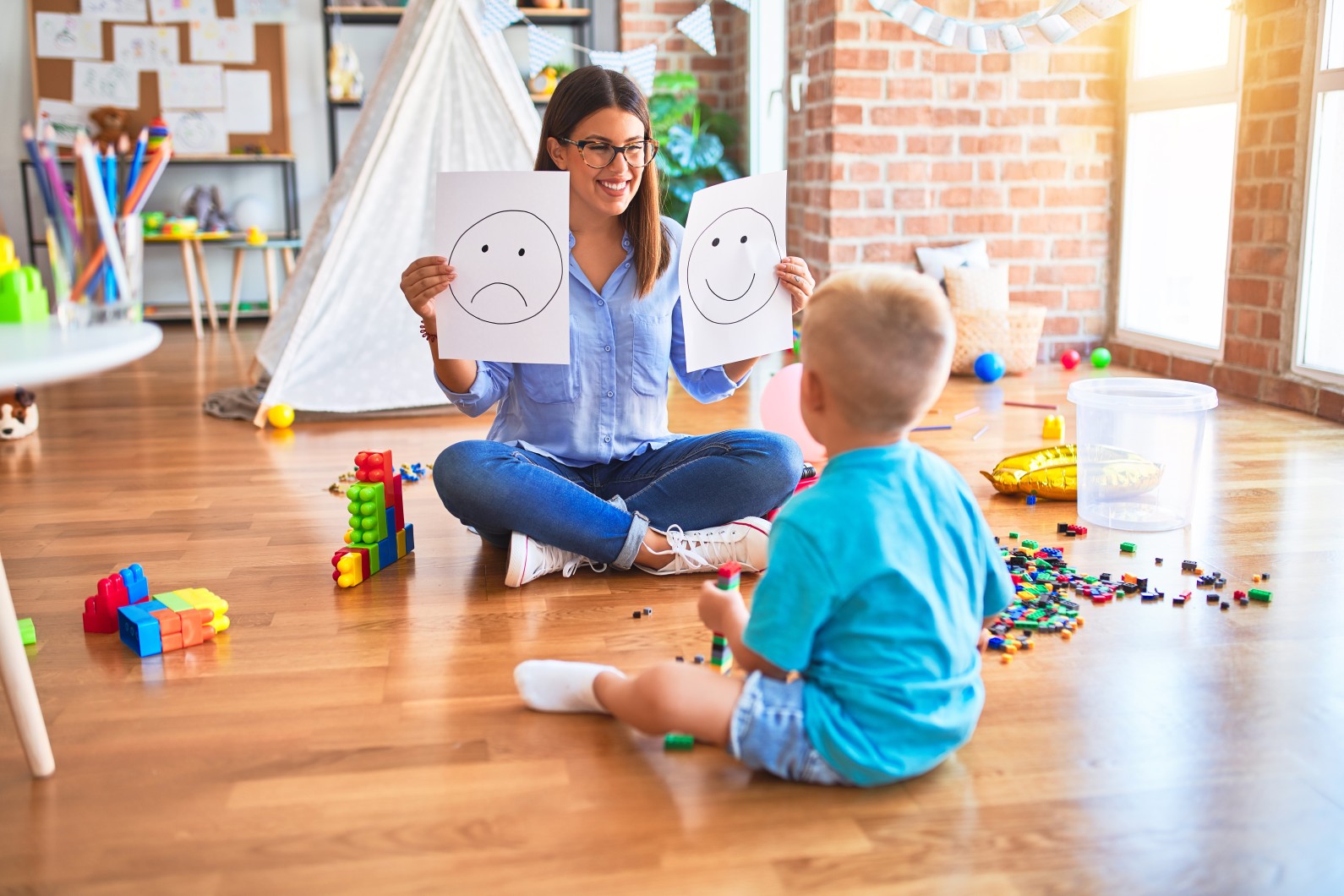
Children/Adolescents
Children attend therapy for many reasons; however, the core of treatment is all built upon trust and rapport between child and clinician. Upon establishing the therapeutic bond, children begin to explore their feelings in a safe environment and learn skills to improve their lives.
Quality Care From Quality Experts:
Several types of clinical modalities are available while treating a child: Play Therapy: What is Play Therapy? Play therapy is to children what counseling is to adults. Play therapy utilizes play and children's natural medium of expression to help them express their feelings more easily through toys instead of words. Association for Play Therapy (APT) defines play therapy as "the systematic use of a theoretical model to establish an interpersonal process wherein trained play therapists use the therapeutic powers of play to help clients prevent or resolve psychosocial difficulties and achieve optimal growth and development. "Cognitive behavioral play therapy uses play to help a child learn how to think and behave differently (such as asking the child to give their doll or stuffed animal advice on how to handle a stressful situation). The Role of Play in Cognitive-Behavior Therapy: clinicians who treat youth believe that some level of play therapy, or play within a treatment, is necessary to engage youth in what is traditionally a more verbal endeavor, and CBT is no exception. Play facilitates the involvement of youth, particularly young children, in the critical interventions of CBT.
There are critical differences between how play is viewed and conducted in CBT versus traditional play therapy. In traditional play therapy, play is the therapy, whereas, in CBT, play engages the child in the tasks and goals of the treatment. In standard play therapy, the therapist is a neutral observer of the child's psychological process and resists directing or influencing the child. Traditional play therapists view direction as a form of control and non-acceptance of youth. They believe youth will work through their problems through play without direction or influence. Therefore, the play therapist does not directly praise, teach, or educate youth as the therapist views these actions as controlling youth and the psychological process. In CBT, on the other hand, the therapist utilizes play to actively guide the child through the tasks and stages of the treatment process. Praise, rewards, psychoeducation, and actively teaching youth skills are central tasks of CBT, and play facilitates the implementation of these tasks. Play is essential in all phases of CBT, including assessment, psychoeducation, and treatment strategies, such as exposure tasks and relapse prevention. For example, during the assessment phase, the therapist might ask young youth to use a puppet to disclose their troubling or embarrassing thoughts rather than asking the child to disclose this information directly to the therapist. During the relapse prevention phase, the child and therapist might write a poem or story or draw a picture that clarifies the critical lessons learned from the therapy.
Sand Tray: Sand tray therapy is a type of play therapy; it is a therapeutic approach used for people who have experienced a traumatic event such as abuse or a catastrophic incident. Although this type of therapy is used most often with children, sandplay therapy also can be helpful for teens and adults.
How do I know counseling might benefit my child?
Psychoeducation uses literature to explore specific concepts or skills. Filial therapy (family) teaches parents how to interact with the child through play. The imaginary play uses toys, dress-up clothes, puppets, or action figures, to spark a child's imagination. All modalities meet the child where they are in their process of life.
- Is your child struggling academically or socially in school?
- Does your child demonstrate excessive worry or fear?
- Is your child exhibiting sudden outbursts or explosive emotional reactions?

Discover Your Inner Peace
We can't always choose the music life plays for us, but we can choose how we dance to it.



